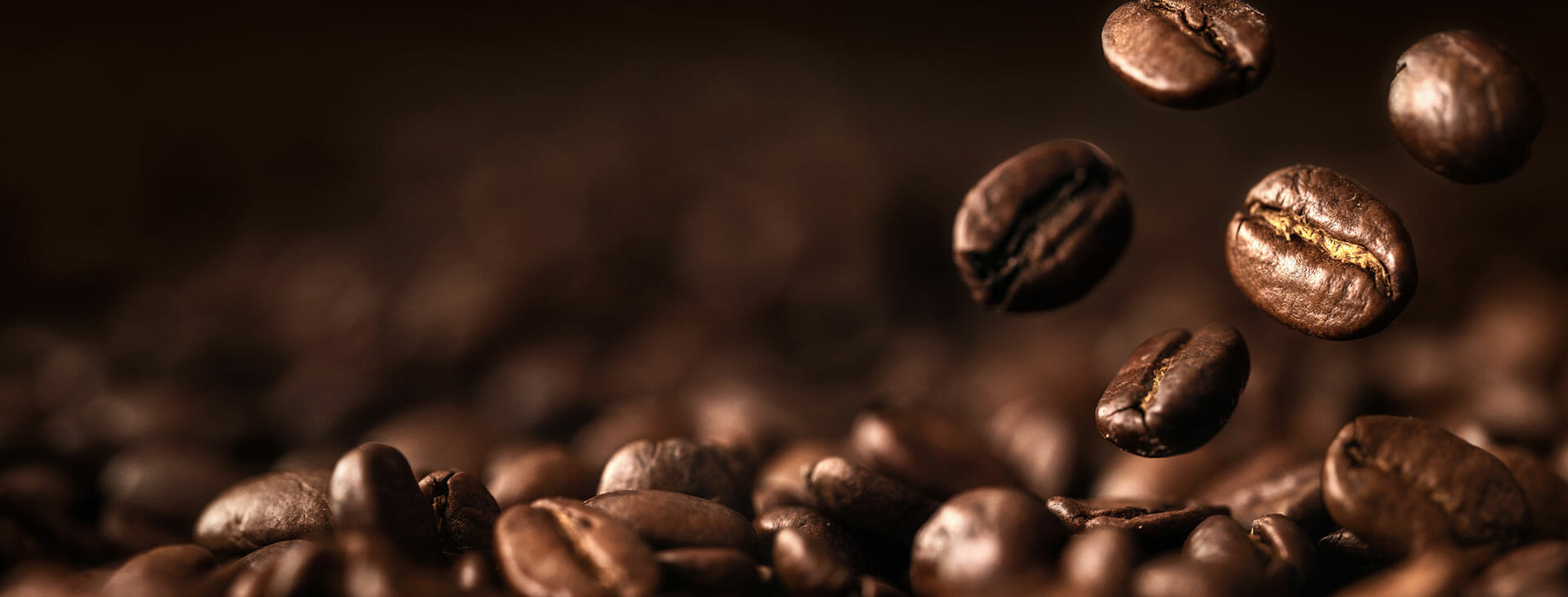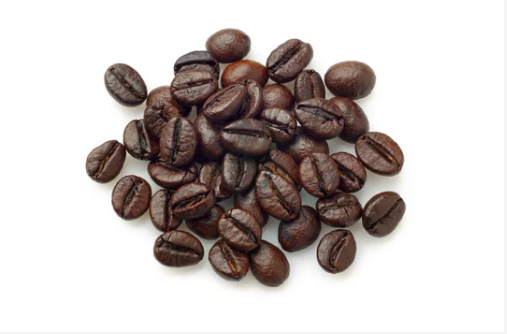
Looking for the best coffee?
Coffea Arabica | Arabica

Arabica is generally more expensive than Robusta because it’s hard to grow and produce. Coffea Arabica is a fussy plant, only thriving at high altitudes with 20 degrees Celsius or less around the equator (in other words: not much rain). The most highly sought-after arabica beans also grow on hillsides, making them incredibly difficult to harvest, especially since they’re larger than Robustas! They are known for their vibrant flavours that change depending on what time of year you drink them (some people say this type has sweeter tones). They are loved by connoisseurs who appreciate complexities such as fruitiness combined; fruits, florals, chocolate and nuts, although their acidity is higher than Robusta.
Arabica is the world’s most popular coffee type, equating to over 60% of cups. It has an extensive taste range from sweet and soft to sharp and tangy. When unroasted, the Arabica beans smell like blueberries and are more oval in shape than their coffee bean sister Coffea Canephora – which is more circular in shape.
Coffea Canephora | Robusta

Robusta coffee comes from the Coffea canephora and is the second most popular coffee in the world, behind Arabica. Robusta can be grown in low altitudes and are highly resilient, heat tolerant and disease-resistant, often grown in altitudes lower than 800m in the eastern hemisphere. Pests despise the bitter caffeine flavour and steer clear of chomping on Robusta. So this all makes them easier to grow, but they lack the unique flavour profiles that can be present often in the arabica coffee beans.
The most obvious difference between Robusta and Arabica coffees is that one costs less. However, this may only sometimes be an advantage for those who love a robust cup of coffee, to begin with! For example: while it’s true there are more caffeine molecules in each bean (almost twice as many in Robusta), they have a lower flavour profile.
The bean is more astringent and bitter in flavour but less acidic. Many think Robusta has an oatmeal-like taste, somewhere between neutral and harsh. Unroasted Robusta beans smell sort of raw peanutty, and they have less sugar and lipids than Arabica. They are commonly used in instant coffee, which works well with the high caffeine concentration in each bean.
If you are looking for a mix of Arabica and Robusta – try Lucaffee Classic Pods; we love this coffee; it is an authentic Italian-style espresso blend of 80% Arabica beans with 20% Robusta.
Or would you like to try Lucaffe 100% Arabica Pods, a fine blend with a sweet and aromatic taste for a delicate coffee with pleasant acidity?

